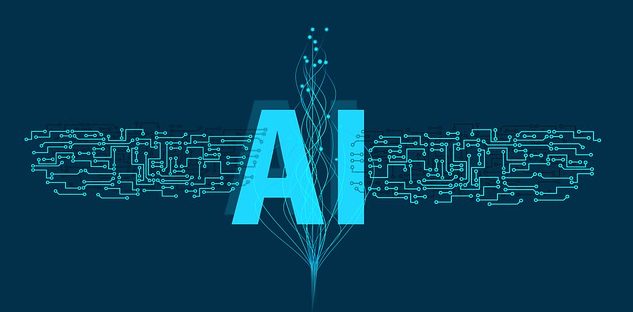 United States Copyright Office’s Copyright Review Board rejected Steven Thaler’s second request to register a two-dimensional artwork named “A recent entrance to paradise” in a recent decision. Briefly, the board said that only a human can author a copyrighted work and not a machine, and refused to recognize machine’s artificial intelligence as the artwork’s author.
United States Copyright Office’s Copyright Review Board rejected Steven Thaler’s second request to register a two-dimensional artwork named “A recent entrance to paradise” in a recent decision. Briefly, the board said that only a human can author a copyrighted work and not a machine, and refused to recognize machine’s artificial intelligence as the artwork’s author.
Thaler’s application to register the copyright in the artwork primarily mentioned “Creativity Machine” as an author instead of any human. Thaler argued that he owns the machine that generated the artwork and that it was a work made for hire. The board found these arguments unconvincing. The board also rejected his argument that “human authorship requirement is unconstitutional and unsupported by either statute or case law” because, as per the board, Thaler “provided no evidence on sufficient creative input or intervention by a human author in the work”. Ultimately, human intelligence won over artificial intelligence in this battle governed by the copyright law. Copyrightable work’s key aspects the decision expresses, are:
- Ownership –
Artificial intelligence, a non-human entity, itself is a human brain’s creation; hence, humans own it. The word “artificial” is self-explanatory. Artificial intelligence’s examples prove that it cannot exist without human intelligence.
Ironically, the copyright statute does not define “author”. An author is termed as a work’s maker who brings an idea into a tangible form, and is therefore its copyright owner. Nothing clarifies who or what can be the maker, let alone the artificial intelligence. Yet, the statute identifies certain human relations who can own the copyright in an author’s absence. The board relies on the “longstanding interpretation of the Copyright Act, Supreme Court and lower court judicial precedent that a work meets the legal and formal requirements of copyright protection only if it is created by a human author”. Hence, Thaler failed in arguing that artificial intelligence can be the work’s copyright owner as an author.
Interestingly, the copyright statute defines “machine as one now known or later developed” without referring to it as author. A machine, is merely an instrument that assists to create a copyrightable work. The copyright law protects “fruits of intellectual labor” reflecting the modicum of creativity which is a human prerogative.
Hence, like a machine, though a monkey could not claim a photograph’s copyright ownership it captured using a camera (a machine); a human can. Clearly, a machine’s ownership is different than a creativity’s ownership.
- Original work –
Originality is copyrightable work’s crux and includes both independence and creativity. It must come from the work’s author. A machine’s originality is debatable. A machine might be creative (as it generates the work), but not independent. Human intelligence is a pre-requisite to put a machine into motion to create a concrete work, and bring an idea into a copyrightable tangible form. Further, a machine’s creativity is also questionable because primarily, it does not conceive the idea that can be converted into a concrete work.
While referring to several precedents, the board emphasizes that “copyright is an exclusive right of a man to the production of his own genius or intellect” . Thus, though machines are means to generate a copyrightable work, its originality can only be traced to humans.
- Work made for hire –
Thaler also unconvincingly argued that the artificial intelligence generated the work as a “work made for hire” and can therefore be considered its author. Work made for hire is a work prepared by an employee within his employment’s scope or by an individual commissioned under an agreement to do so. Machines cannot be humans’ employees nor enter into a binding agreement.
A work made for hire also indicates that the employer directs, controls, and supervises the employee’s manner of performance. A human might program how artificial intelligence functions. However, from work made for hire’s perspective, he cannot direct, control or supervise its manner of work, the way he would for his employee. Thus, the argument could not stand.
- Closing remarks –
Presently, the laws authored by humans constrain the artificial intelligence’s future as an author of a copyrightable work. Artificial intelligence will continue to challenge copyright laws as it complements human creativity.
Written by Aditi Kulkarni










